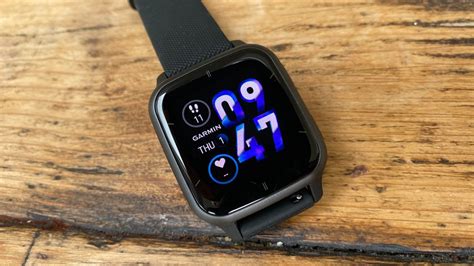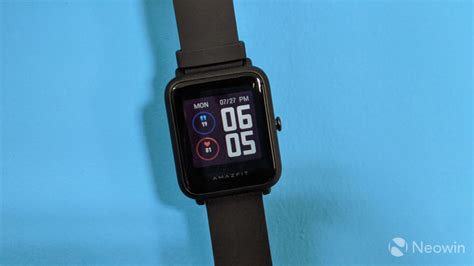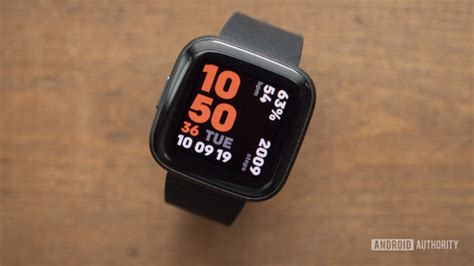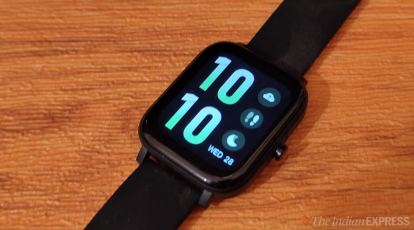The Apple Watch has become a staple in wearable technology, combining convenience, functionality, and sleek design. As new models are released, understanding how much you should expect to pay can be crucial for buyers. In this article, we’ll explore the historical pricing trends of Apple Watches, comparing different models and examining the factors that influence their costs. We’ll also look into how prices vary by region and retailer, providing insights into where and when to buy. Finally, we’ll offer predictions for future price trends, helping you make an informed decision when considering your next Apple Watch purchase.
ujojan.net will lead a thorough examination of this topic.
1. Historical Pricing Trends
Since its launch in 2015, the Apple Watch has seen several iterations, each with varying price points that reflect advancements in technology and features. The original Apple Watch, known as Series 1, started at $349 for the basic model and went up to over $10,000 for the luxury Apple Watch Edition, crafted from 18-karat gold. As newer models were introduced, such as the Series 3, Series 5, and most recently, Series 9, the price range shifted based on capabilities like GPS, cellular connectivity, and advanced health-tracking features.
Over the years, Apple has maintained a consistent pricing structure for its standard models, with entry-level watches starting around $399 for the latest series. However, the introduction of premium materials like stainless steel, titanium, and ceramic, along with the Hermès and Nike collaborations, has kept prices for higher-end versions significantly higher. Discounts and price drops for older models are common once new versions are released, offering more affordable options for those not seeking the latest features. In general, the historical pricing of Apple Watches reflects a steady pattern of increased functionality and performance, balanced with options at both lower and premium price points.

2. Comparison of Different Models and Their Prices
Apple Watch models vary widely in terms of features and price. The entry-level models, such as the Apple Watch SE, are designed for budget-conscious buyers, starting at around $249. This model offers core functionalities like fitness tracking, notifications, and heart rate monitoring but lacks advanced features such as an always-on display and ECG.
The flagship model, currently the Apple Watch Series 9, starts at approximately $399. It includes advanced features like GPS, cellular connectivity, an always-on Retina display, and blood oxygen monitoring. Prices increase based on case materials, band choices, and whether the model has cellular capabilities.
For those seeking a more premium experience, the Apple Watch Ultra starts at $799. It’s designed for extreme sports enthusiasts, with a more rugged design, enhanced water resistance, and longer battery life.
Each model’s price can also fluctuate depending on materials like aluminum, stainless steel, titanium, and collaborations with brands like Nike and Hermès, which can push prices into the luxury category.

3. Factors Influencing Apple Watch Prices
Several factors influence the price of an Apple Watch, making it important for buyers to understand what drives costs. One of the most significant factors is the model itself. Newer models, such as the Series 9 or the Apple Watch Ultra, are typically priced higher due to the inclusion of the latest technology and features, like advanced health sensors, always-on displays, and improved battery life.
Material choice also plays a key role in pricing. Entry-level models use aluminum, which is lightweight and affordable, while premium options use stainless steel, titanium, or ceramic, significantly increasing the cost. Band materials and design collaborations, like those with Hermès or Nike, further drive up prices for luxury editions.
The addition of GPS and cellular functionality can also elevate the price, as cellular models allow for greater independence from the iPhone. Regional pricing differences, retailer promotions, and limited-time discounts further impact what you pay for an Apple Watch. In sum, a combination of model, materials, functionality, and market conditions shapes the final price, giving consumers options at various price points.

4. Price Variations by Region and Retailer
Apple Watch prices can vary significantly depending on the region and retailer. Regional pricing differences are influenced by several factors, including local taxes, import duties, and currency exchange rates. For instance, in countries with higher taxes or tariffs on electronics, like some parts of Europe or Asia, Apple Watches may be more expensive than in the United States, where the base price is often lower.
Retailer-specific promotions and discounts also play a role in price variations. Authorized Apple retailers, such as Best Buy or Amazon, may offer limited-time sales, bundle deals, or holiday discounts, leading to reduced prices. In contrast, purchasing directly from Apple typically offers fewer discounts but provides access to exclusive models or customization options.
Online retailers often feature competitive pricing, especially during major sales events like Black Friday or Cyber Monday. Prices may also differ based on whether the model is a new release or an older generation, with significant discounts available on previous versions when new models are launched.
Understanding these regional and retailer differences allows consumers to time their purchases and find the best deals for their desired Apple Watch.
5. Predictions and Future Price Trends
As technology evolves, so do the pricing trends for Apple Watches. Looking ahead, several factors are likely to influence future prices. First, technological advancements in health monitoring and connectivity may drive up costs. For instance, the integration of more advanced sensors or new features could lead to higher prices for new models.
The introduction of newer generations often results in price reductions for older models, providing more affordable options for budget-conscious buyers. Apple’s strategy of releasing incremental updates could keep prices stable for entry-level models while pushing premium models to higher price points.
In addition, fluctuations in material costs and global supply chain dynamics can impact prices. For example, if the cost of materials like stainless steel or titanium rises, these changes may be reflected in the price of high-end models.
Regional factors will continue to play a role, with potential price adjustments based on local economic conditions, taxes, and tariffs. As more retailers enter the market and competition increases, there may be greater opportunities for discounts and promotions.
Overall, while Apple Watch prices are expected to rise with technological advancements, strategic purchasing and keeping an eye on market trends can help consumers find the best value for their investment.
Understanding Apple Watch pricing involves examining historical trends, comparing different models, and recognizing the factors that drive costs. As new models are released, prices for the latest technology may increase, while older models often see reductions. Regional pricing variations and retailer promotions further influence what you’ll pay. Looking ahead, advancements in technology and materials will likely affect future prices. By staying informed and monitoring market trends, you can make strategic purchasing decisions and find the best value for your investment. Keeping these insights in mind will help you navigate the ev
ujojan.net

